The key to extending the life and accuracy of your favorite dart setup lies in proper maintenance; this Point Tool Maintenance Guide will provide you with the knowledge to keep your point tools in optimal condition for years to come, ensuring your darts always stick true. This article covers everything from essential cleaning techniques to advanced repair strategies, offering a comprehensive approach to point tool care.
⚠️ Still Using Pen & Paper (or a Chalkboard)?! ⚠️
Step into the future! The Dart Counter App handles all the scoring, suggests checkouts, and tracks your stats automatically. It's easier than you think!
Try the Smart Dart Counter App FREE!Ready for an upgrade? Click above!
Why Proper Point Tool Maintenance Matters
Neglecting your point tools can lead to a multitude of issues, affecting not only the lifespan of your darts but also your overall performance. Think of it like this: your point tool is the unsung hero of your dart game. It’s responsible for maintaining the **grip** on your darts, preventing slippage, and ensuring consistent throws. Without proper upkeep, the tips can become dull, bent, or damaged, leading to frustration and inaccurate shots. Ultimately, regular point tool maintenance saves you money in the long run by preventing the need for frequent replacements.
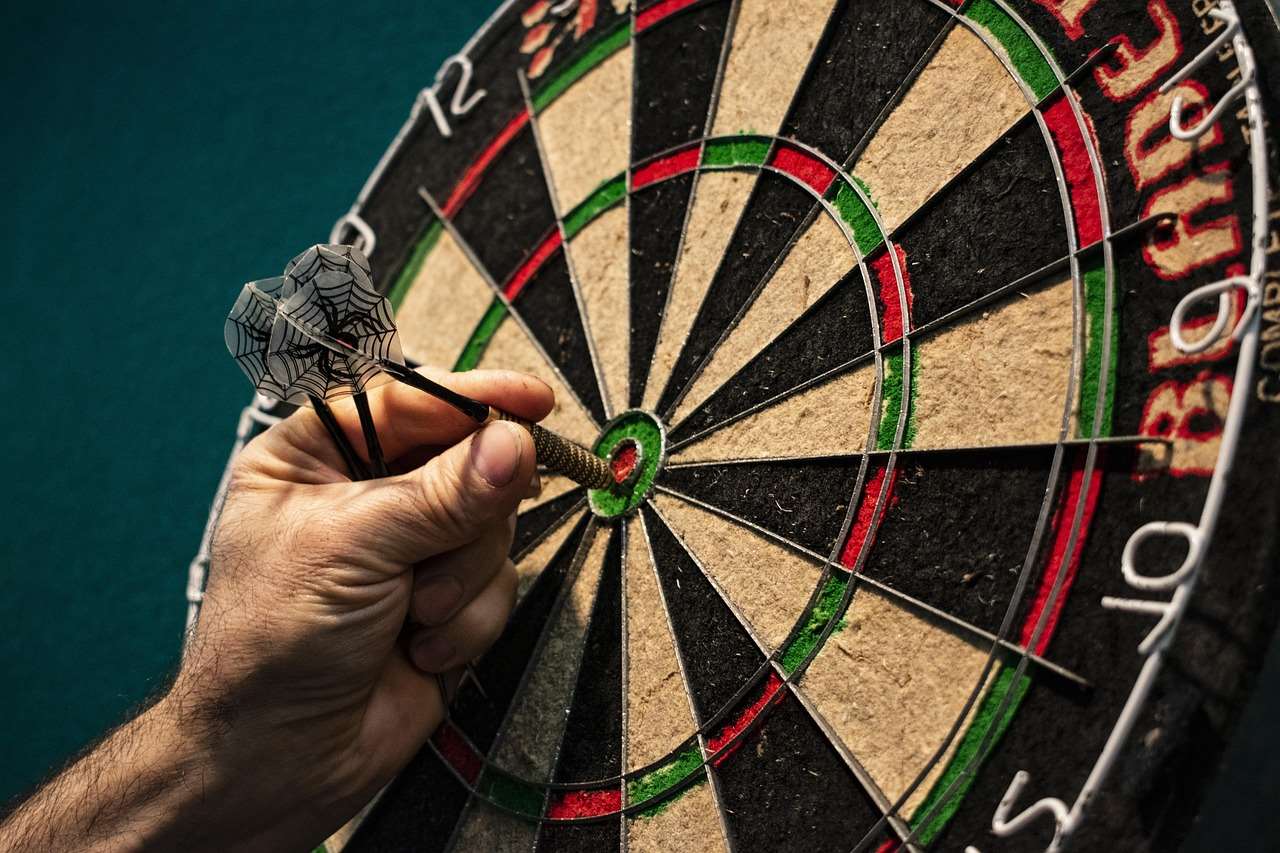
Moreover, poorly maintained point tools can damage your dartboard. Sharp, burred edges can tear at the sisal fibers, reducing the board’s longevity. So, by investing a little time and effort in point tool care, you’re not only improving your game but also preserving your equipment.
Essential Cleaning and Inspection of Point Tools
The foundation of any good Point Tool Maintenance Guide is regular cleaning and inspection. This simple routine, performed after each play session, can drastically extend the life of your dart points and improve your darting accuracy.
Cleaning Your Point Tools
Dust, dirt, and debris can accumulate on your dart points, affecting their grip and penetration. To clean your point tools effectively, follow these steps:
- Wipe Down: Use a clean, dry cloth to wipe down the entire dart point after each use. This removes surface-level dirt and debris.
- Deep Clean (Weekly): For a more thorough cleaning, use a soft brush (like an old toothbrush) and warm, soapy water. Gently scrub the point to remove stubborn dirt. Rinse thoroughly and dry completely.
- Alcohol Wipe (Occasionally): For removing sticky residue, an alcohol wipe can be effective. However, avoid excessive use as alcohol can dry out the point and potentially damage certain materials.
Inspecting for Damage
Regular inspection is crucial for identifying potential problems before they escalate. Here’s what to look for:
- Bent Points: Carefully examine each point for any signs of bending. Even a slight bend can significantly affect the dart’s flight and accuracy. Straightening bent points will be discussed later in this guide.
- Burrs and Nicks: Run your finger (carefully!) along the point to check for any sharp edges, burrs, or nicks. These can damage your dartboard and affect the dart’s grip.
- Dullness: Over time, dart points can become dull. A dull point won’t penetrate the board as effectively, leading to bounce-outs.
Repairing and Maintaining Dart Points
While cleaning and inspection are essential, sometimes your point tools require more intensive care. This section of our Point Tool Maintenance Guide covers common repair techniques.
Straightening Bent Dart Points
A bent dart point is a common issue, especially for those new to the game. Here’s how to carefully straighten them:
- Use a Point Straightener: The safest and most effective method is to use a dedicated point straightener tool. These tools are designed to gently bend the point back into shape without causing further damage.
- Pliers (Carefully!): If you don’t have a point straightener, you can use pliers with smooth jaws. Wrap the point in a cloth to protect it from scratches, and gently bend it back into alignment. Apply pressure gradually and avoid over-bending.
Important Note: Repeatedly bending a point can weaken the metal and make it more prone to breakage. If a point is severely bent, it’s often best to replace it.
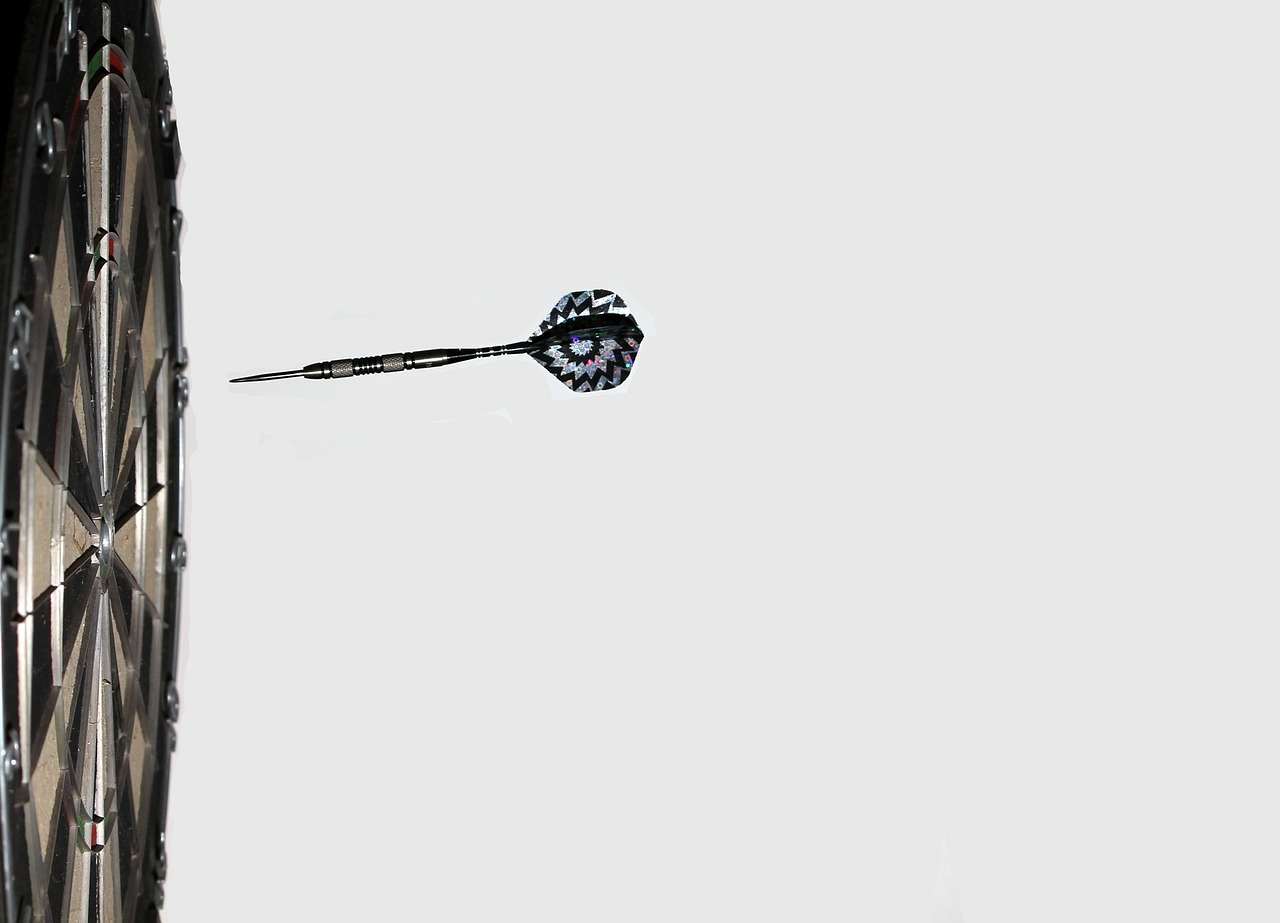
Sharpening Dull Dart Points
A sharp dart point is crucial for effective penetration and minimizing bounce-outs. Here’s how to sharpen them:
- Use a Dart Sharpener: Dart sharpeners are specifically designed to hone the point to a fine edge without removing too much material. Follow the manufacturer’s instructions carefully.
- Emery Cloth: In a pinch, you can use fine-grit emery cloth. Hold the point at an angle and gently rotate it against the cloth, creating a sharp, tapered tip.
Caution: Avoid over-sharpening. A razor-sharp point can damage your dartboard. The goal is to create a fine, tapered tip that penetrates the board smoothly. Also, make sure you have Choose Best Dart Equipment when selecting sharpening tools.
Removing Burrs and Nicks
Burrs and nicks can snag on the dartboard and affect the dart’s flight. Use a fine-grit file or sandpaper to gently smooth out any imperfections. Be careful not to remove too much material or alter the shape of the point.
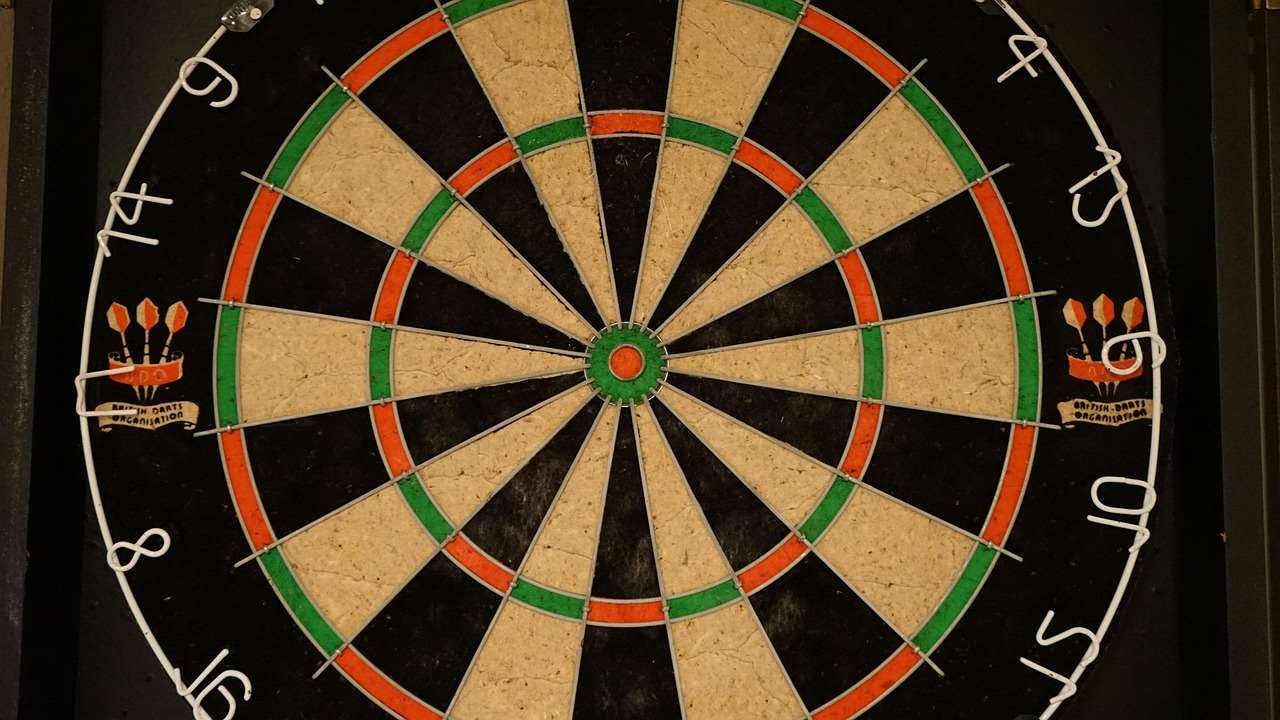
Preventive Measures for Point Tool Longevity
Preventing damage is always better than repairing it. This section of the Point Tool Maintenance Guide focuses on preventive measures to extend the life of your point tools.
Use a Dart Mat
Dropping darts is inevitable, especially for beginners. A dart mat provides a cushioned surface that can help protect your dart points from damage when they hit the floor. Furthermore, consider the advantages of Types Optimal Dartboard Lighting to improve visibility and reduce missed throws.
Store Your Darts Properly
When not in use, store your darts in a case or holder to protect them from dust, dirt, and accidental damage. This is especially important if you travel with your darts frequently.
Avoid Throwing at Hard Surfaces
This might seem obvious, but avoid throwing your darts at walls, furniture, or any other hard surfaces. This can severely damage the points and render them unusable.
Regularly Check Your Dartboard
A well-maintained dartboard is also essential for point tool longevity. Rotate your board regularly to distribute wear evenly, and replace it when it becomes too worn.
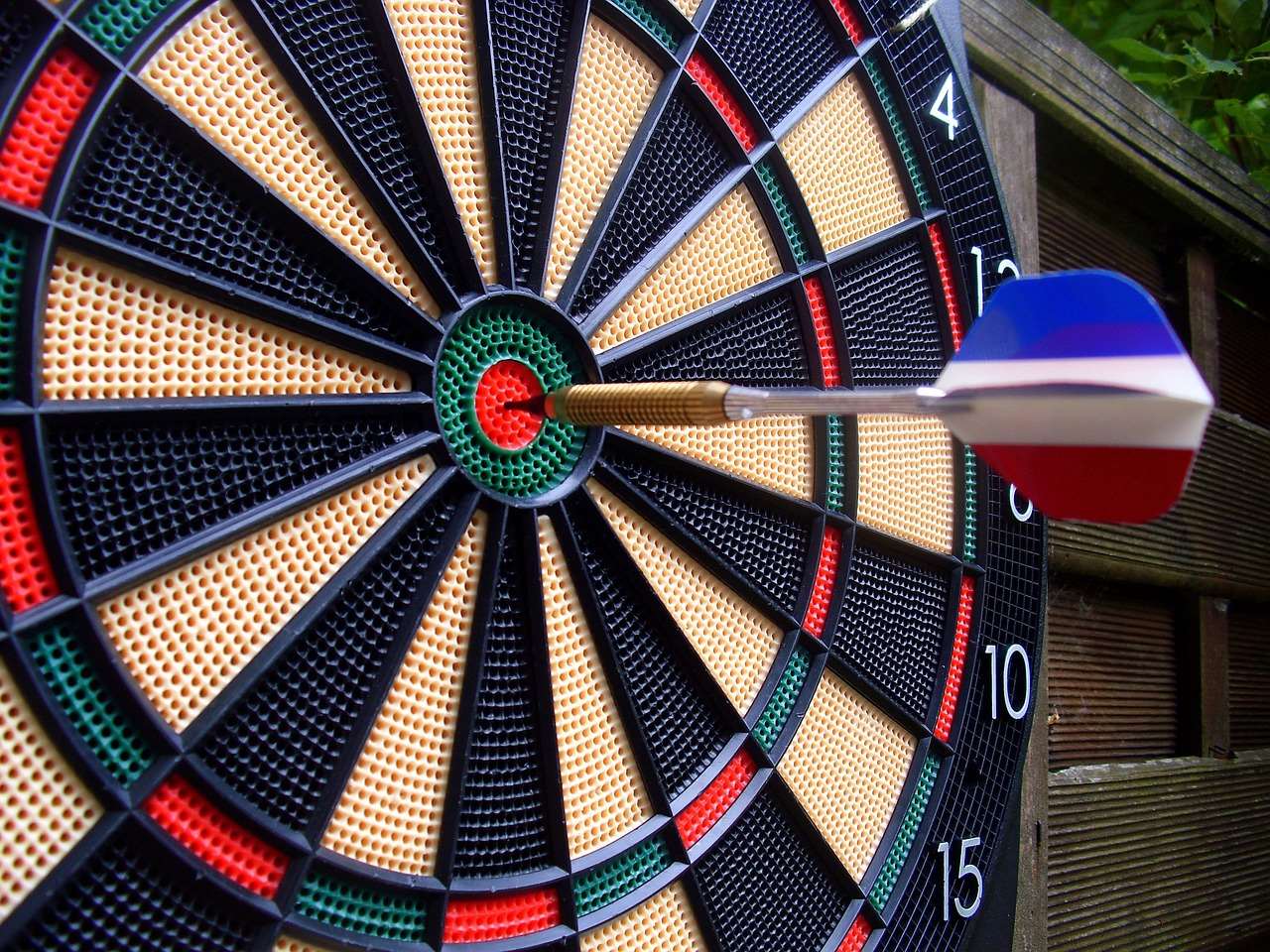
Choosing the Right Point Tool for Your Darts
While point tool maintenance is crucial, selecting the right type of point tool in the first place can also significantly impact their lifespan and performance. Different materials and designs cater to various playing styles and dartboard types.
Steel Tip vs. Soft Tip Darts
The most fundamental distinction is between steel tip and soft tip darts. Steel tip darts are designed for sisal fiber dartboards, while soft tip darts are used with electronic dartboards. Using the wrong type of dart can damage both the dart and the board.
Material Considerations
Dart points are typically made from steel, but the quality and type of steel can vary. Look for points made from high-quality stainless steel for durability and resistance to corrosion. Certain coatings may improve grip or penetration, but be sure to select a coating that enhances performance without compromising the point’s integrity.
Grip and Design
The grip of your dart point is crucial for achieving consistent throws. Some points feature textured surfaces or micro-grooves to enhance grip. Experiment with different designs to find what works best for you. You might also want to invest in Best Dartboard Lighting Systems to improve the lighting around your dartboard.
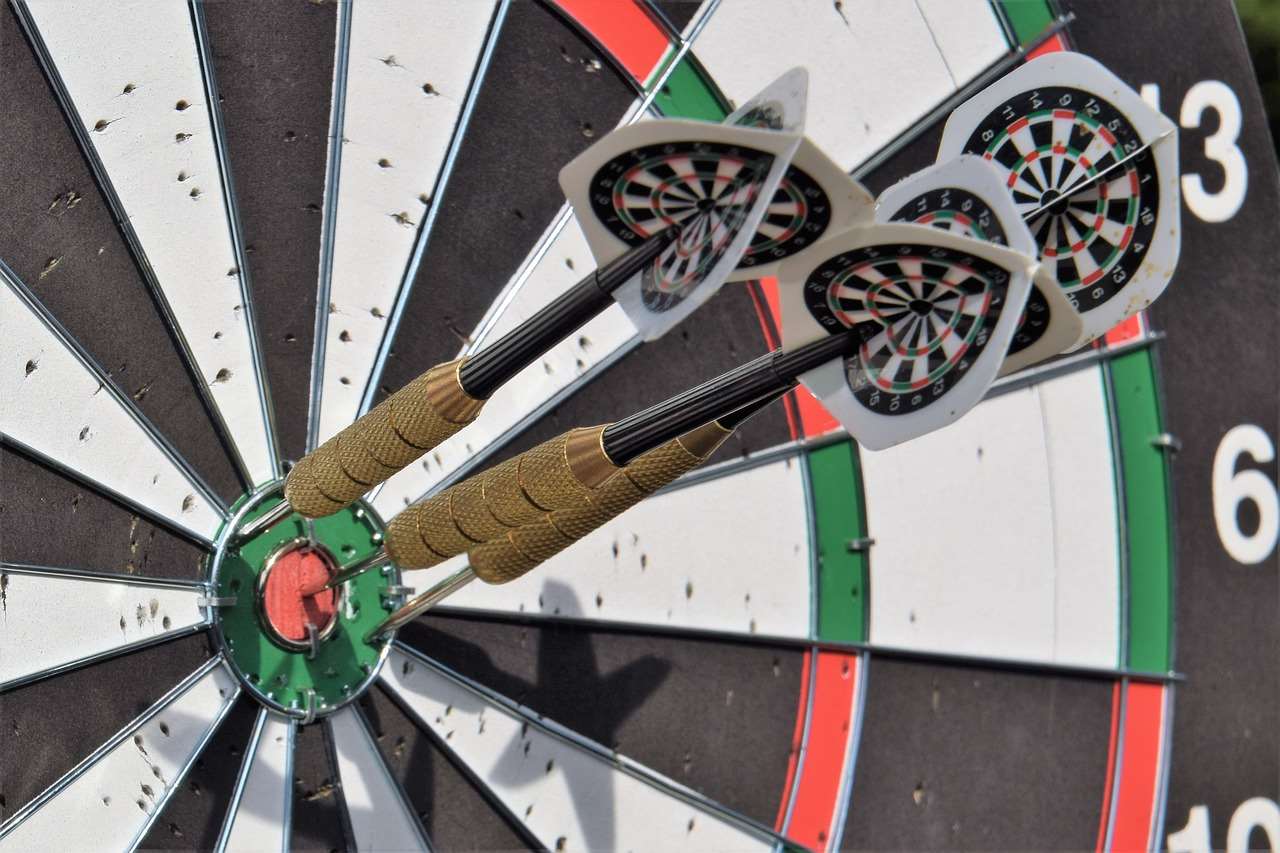
Advanced Point Tool Maintenance: When to Seek Professional Help
While most point tool maintenance tasks can be performed at home, there are situations where it’s best to seek professional help. If you’re dealing with:
- Severely Damaged Points: If a point is deeply bent, cracked, or broken, it’s often beyond repair. A professional dart technician can replace the point safely and effectively.
- Complex Repairs: If you’re unsure about performing a particular repair, or if you lack the necessary tools, it’s best to consult a professional.
- Custom Modifications: If you’re looking to customize your dart points with unique designs or coatings, a professional can provide expert advice and services.
Conclusion: Mastering Your Point Tool Maintenance Routine
By following this comprehensive Point Tool Maintenance Guide, you can significantly extend the life of your dart points, improve your darting accuracy, and save money in the long run. Remember, regular cleaning, inspection, and timely repairs are key to maintaining your equipment. With a little effort and attention, you can keep your point tools in top condition and enjoy years of accurate and consistent throws. Now, go forth and ensure your darts are always in the best shape possible!
Hi, I’m Dieter, and I created Dartcounter (Dartcounterapp.com). My motivation wasn’t being a darts expert – quite the opposite! When I first started playing, I loved the game but found keeping accurate scores and tracking stats difficult and distracting.
I figured I couldn’t be the only one struggling with this. So, I decided to build a solution: an easy-to-use application that everyone, no matter their experience level, could use to manage scoring effortlessly.
My goal for Dartcounter was simple: let the app handle the numbers – the scoring, the averages, the stats, even checkout suggestions – so players could focus purely on their throw and enjoying the game. It began as a way to solve my own beginner’s problem, and I’m thrilled it has grown into a helpful tool for the wider darts community.